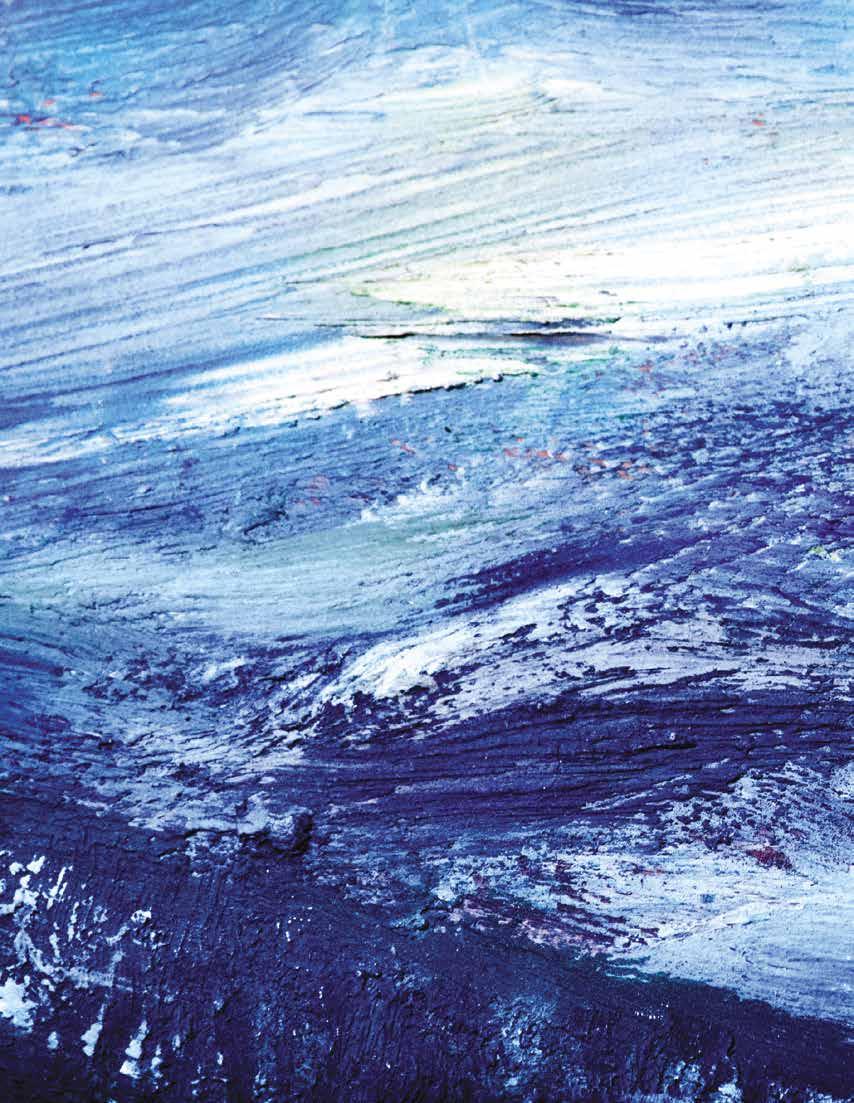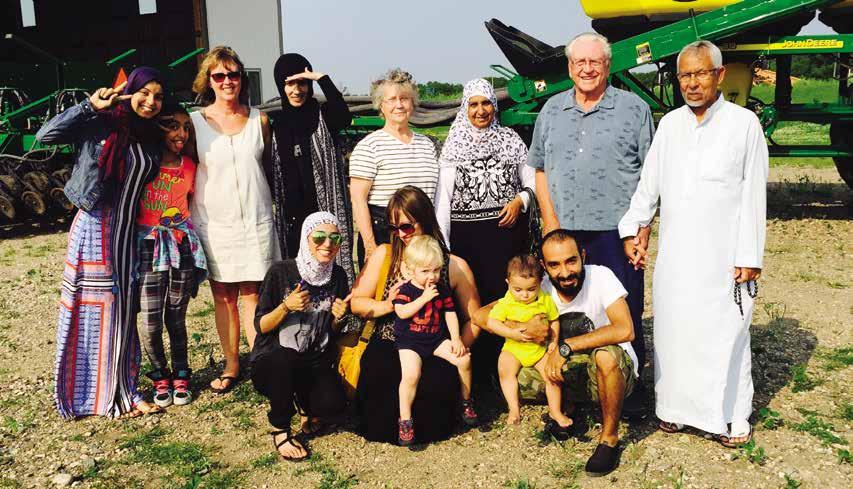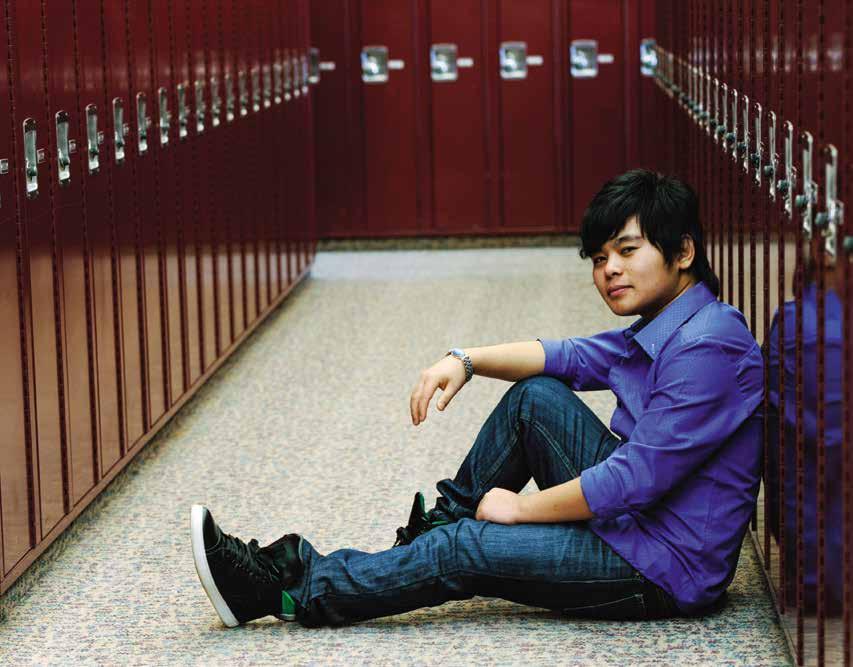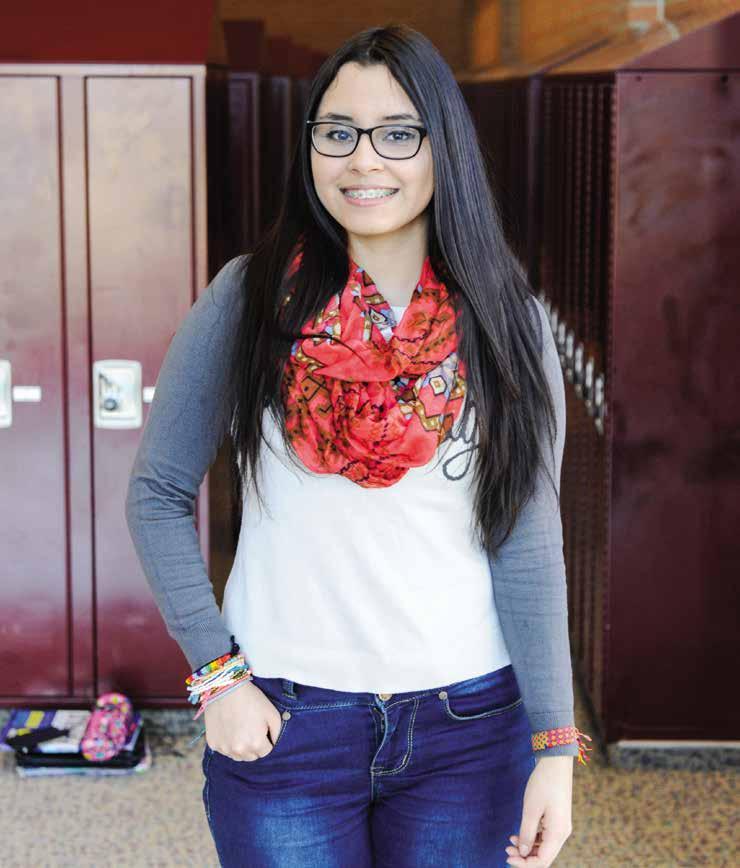[new americans]
AN ARCHAEOLOGY OF CARE By William Caraher and Richard Rothaus
Like many archaeologists, we have been horrified and outraged by the recent destruction of antiquities and monuments in Syria. But our predictable outrage is probably less interesting than ISIS’s relentless desire for media attention and access to the outrage amplifier of the Internet. It would be unfair to find fault with the archaeologists, scholars, and members of the media who have expressed their horror at the destruction at sites like Palmyra and have used this horror to publicize the larger catastrophe that ISIS represents to the archaeology of both the Middle East and the world. We think, however, that archaeologists could perhaps use their skills and knowledge more productively. Our greatest concern throughout the continuous outpouring of outrage and horror regarding the destruction of archaeological sites is that there has been so little effort by archaeologists to see their discipline as a way to understand more fully the human cost of the destabilized Syria. We were particularly moved by the International Rescue Committee’s September 4, 2015, article “What’s in My Bag?: What Refugees Bring When They Run for Their Lives,” which asked Syrian refugees to show the contents of the bags they carried. This article is meant to be a provocative play on similar stories run on tech websites, where overprivileged techsters show off the tools of their trade. Reading the short article on the contents of refugees’ bags made us wonder whether archaeology has a greater role to play in the current conflict and refugee crisis. Over the last decade, archaeologists have become more and more attuned to the archaeology of our contemporary world. This work has expanded our view of homelessness, poverty, consumerism, contemporary race and class conflicts, and many other aspects of the modern world (including punk rock music). Our own work has used archaeology to engage seriously the issues of workforce housing and industrial landscapes in the Bakken oil patch of North Dakota. The ongoing refugee crisis offers another important opportunity for archaeologists to document the human condition. That the refugee crisis is playing out partly in Greece, a place with more archaeologists (both foreign and local) per square kilometer than almost anywhere in the world, amplifies the potential of this opportunity. An archaeology of the refugee crisis could help us recognize what these displaced people value when they are forced to leave their homes, what they look for and need during 50
their arduous journeys, and how they arrange their lives when thrust into the unfamiliar (and usually under-resourced) conditions in a foreign place. Archaeological inventories, plans, and descriptions of refugee camps, places of transit, and personal goods could also help local communities accommodate and understand the influx of temporary residents. Archaeology can both protect the distant past and contribute to a more sophisticated understanding of the current human crisis. One of the lessons we’ve learned from working in the Bakken alongside social work historian Bret Weber is that our work is more than systematically documenting and understanding material culture. Our work in the field demonstrates a kind of care for the communities in which we work. Our conversations with people, attention to detail, and willingness to take seriously the everyday life of individuals and communities creates a connection between the wider world (which we represent, oddly enough) and their very personal experiences. We have taken to calling this work the “archaeology of care.” The “archaeology of care” was not something we set out to invent, nor is it unique to our work. It is a natural result of sincere and caring people working with other people in difficult circumstances. Richard first stumbled upon this when he was doing fieldwork on the archaeology of earthquakes by going into areas immediately after major seismic events. The first such trip, to Gölcük, Turkey, in 1999, found Richard’s group arriving even before search and rescue teams. To his surprise, and contrary to his fear of being seen as ghoulish, Richard found that he was welcomed by people whose entire lives had just been destroyed. The locals understood that the archaeologists were not going to fix anything, but that did not matter. What mattered was that the archaeologists came and studied, which showed that they cared about the lives and experiences of the people.















